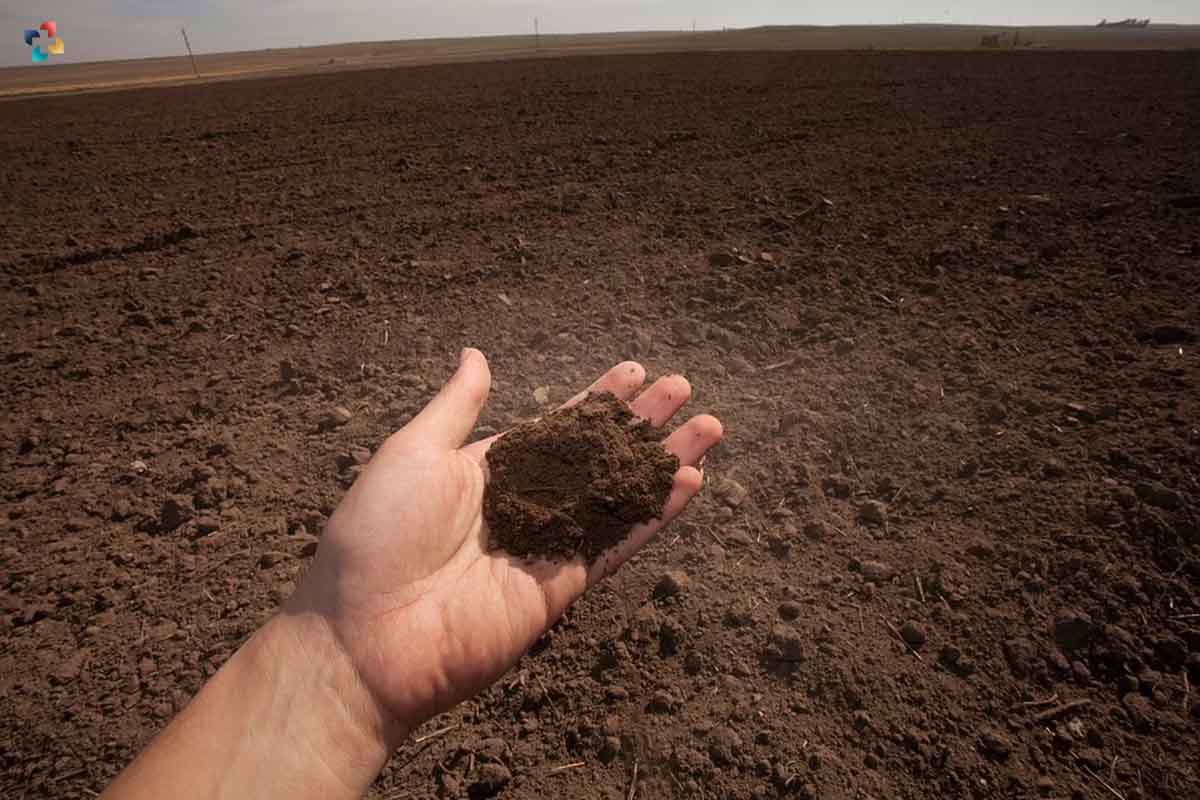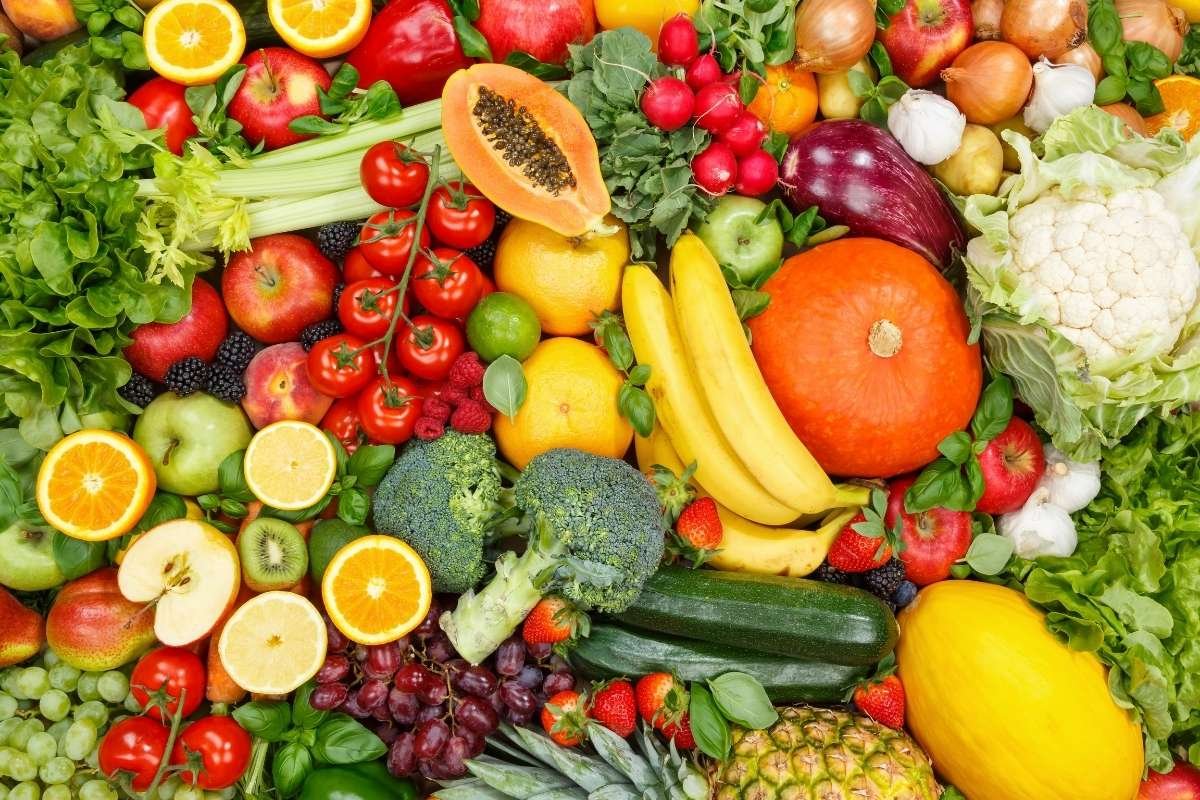Regenerative Farming is a method of farming that takes a more holistic approach than traditional farming does. The emphasis is placed on enhancing the quality of the soil and reinstating a greater quantity of organic life into it. The poor condition of the soil on farms all over the globe is causing a reduction in the quantity of arable topsoil on certain farms. Runoff and soil erosion may be caused by conventional agricultural techniques such as tilling, carbon mining, and the use of salt-based fertilizers and other chemicals. Both of these problems deplete the land’s resources and can lead to runoff.
In addition to assisting farmers in enhancing the quality of their soil, regenerative Farming also has the potential to generate carbon sinks in the soil. This can assist in the removal of excess carbon from the atmosphere, which is one of the contributing factors to climate change. When the reduction of carbon emissions is the major focus of agricultural practice, this subfield of regenerative Farming is often referred to more explicitly as carbon farming. Later on in this piece, we’re going to talk about how the term “regenerative Farming” might apply to a variety of different farming and grazing systems that already exist.
The fundamental concept, however, is that farmers can make use of the process of photosynthesis carried out by plants in order to boost nutrient density, improve soil health by increasing the amount of organic matter present in the soil, make crops more resistant, and contribute to the completion of the carbon cycle. Regenerative Farming has a number of beneficial side effects, one of which is the improvement it brings to the water cycle via an increase in the land’s ability to store water.
The following are characteristics of agricultural practices that may qualify them as examples of regenerative Farming:
- Boosts an ecosystem’s resistance to disturbance and the variety of its species;
- Increases water retention and percolation, as well as the safety and cleanliness of water discharge;
- Improves both the health and condition of the soil;
- Does not only prevent damage to the soil; rather, it actively works to reverse or compensate for the carbon emissions caused by conventional agricultural techniques;
Rather of focusing on individual components, this technology considers the system as a whole.
If we want to continue supplying enough food to feed the globe in a manner that is safer, more sustainable, and produces less carbon pollution, then we need to switch to an agricultural practice known as regenerative agriculture. Why Implement Agriculture That Regenerates Itself? (The Positive Aspects) If farmers haven’t already made the transition, they have plenty of excellent reasons to do so now, given the many advantages that come with practicing regenerative Farming.
Here are some great reasons to switch from conventional farming to regenerative farming;
1. It maintains the vitality of the soil
People don’t give the soil the credit it deserves for being such an important resource. The great majority of the food that we consume comes, in one form or another, directly or indirectly from the ground. It might be crops that are grown specifically for human use, or it could be plants that are used to feed cattle, which are subsequently consumed by humans.
This encompasses almost everything you consume with the exception of seafood. For all species that live on land, including humans, healthy soil is an essential component of the food chain. The production of food by farmers is made more difficult by factors such as erosion, desertification, chemical pollution, and decarbonization.

It is estimated that during the next 50 years if we do not modify the techniques that are now used in agriculture, there might be a significant drop in the quality of food in terms of the levels of nutrients and trace minerals. This may have a significant impact on the state of public health. If this pattern continues, there is a chance that there may not be enough arable topsoil available for us to continue to sustainably eat.
If we keep moving in this direction, the way we farm might endanger all of our species in the future. This might seem like an exaggeration, but if we keep going in this direction. The addition of organic matter, which enhances the holding capacity of the land, is one of the key components of regenerative Farming, which helps to make the soil more drought-resistant.
2. Obtain Better Yields
Regenerative Farming often results in higher crop yields than traditional farming methods, even in the face of climate change and harsh weather. Today’s small farms are already providing food for the whole globe on an area of farmland that is less than one-fifth of the total. That would appear to be a no-brainer if you could generate the same quantity of food and earnings while also doing so in a more environmentally friendly manner.
3. Contribute to the Battle Against Climate Change
The present efforts to cut emissions that contribute to climate change are a start, but it’s possible that they won’t be enough to reverse the expected increases in global temperatures by themselves. Instead, we need to get started on removing carbon from the air and storing it in underground reservoirs or other geological formations.
Instead of merely putting a stop to things as they are now, this way we will really be working to undo the harm that has been caused by climate change. The issue of climate change might, at times, seem to be something quite remote and unimportant. Yet the fact of the matter is that if we do not make any adjustments, farming in many places of the globe where it is being practiced today will no longer be feasible. Even while you may not experience the effects during your lifetime, there is little doubt that your children or grandkids will.
4. Encourages a Richer Biological Variety
The use of agricultural methods that promote regeneration may contribute to the enhancement of an ecosystem’s biodiversity. In general, the more different kinds of organisms that may be found in a region and the more closely it can imitate the natural world, the more robust it will be.
Examples of Agriculture That Promotes Regeneration
These are some examples of techniques that fall under the category of regenerative agriculture, in the event that you are still not quite clear on what exactly regenerative Farming might look like in actuality.
1. Agricultural methods are known as no-till or minimum-till
The tilling that is done in traditional farming destroys the soil and the populations of mycelial fungi, while simultaneously releasing carbon dioxide into the atmosphere and supplying more oxygen to the soil.
It is one of the most significant contributors to the loss of carbon and the erosion of soil that any agricultural technique may have. It also has the potential to cause soil capping, which is when the soil becomes so compacted that water has a more difficult time moving through it. This results in an increase in the amount of water that runs off.

Both no-till farming and minimum-till farming are methods of agriculture that do not need turning the soil at the beginning of each growing season. Both methods are also frequently referred to as conservation tilling.
This contributes to the improvement of soil quality, the retention of water, and the prevention of carbon from escaping from the soil. Although though there are certain types of soil and crops that benefit from having the soil broken up on a regular basis in order to expand root zones, the general rule is that attempting to till the soil as little as possible should be the objective.
2. Permaculture Design
In addition to being a philosophy and a whole way of life, permaculture is a design science as well. It involves thinking about the system as a whole, studying natural ecosystems, and either mimicking them or utilizing them as a model, among other fundamentals. In its most basic form, ecological landscaping refers to the practice of designing outdoor spaces in such a way that they take ecological considerations into account in addition to agricultural considerations.
As a consequence of this, permaculture techniques often result in systems that are not only more effective and productive than Regenerative Farming techniques but also have improved water cycles and ecosystems and are more environmentally friendly. Read more about how to start a permaculture garden by consulting our guide on how to start a permaculture garden, or check out our list of the best permaculture books.
3. Methods Utilized in Organic Farming
People have a lot of different opinions on what kinds of agricultural practices qualify as organic and which ones do not.

Nevertheless, the term “organic farming” is most often used to refer to agriculture that does not make use of artificial inputs such as antibiotics, growth hormones, or chemical fertilizers and pesticides on crops.
Conclusion:
Climate change can affect food security badly and regenerative farming is an innovative way to control it. It can assist farmers to enhance the quality of soil and bring variety to crops. Moreover, this is the best farming practice that can lead to a sustainable future for the whole world. We believe you enjoyed reading the whole article and received thoughtful insights from it.







